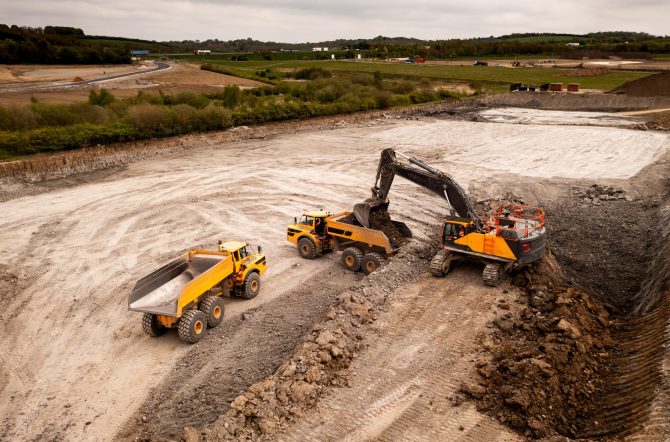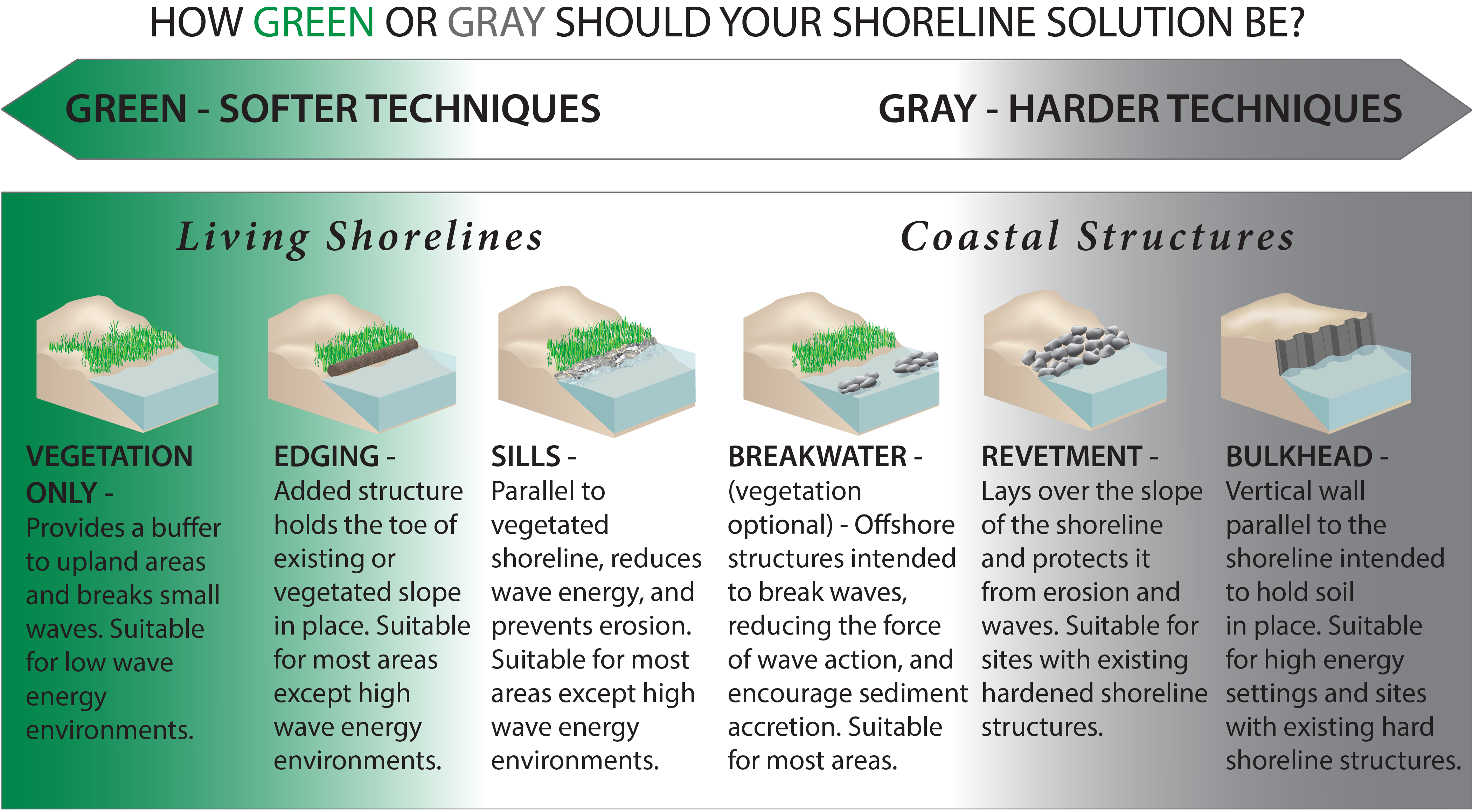The City of Tampa will submit two projects on behalf of the Tampa Bay Regional Resilience Coalition and TBRPC, per recommendations from FDEP, Resilient Ready Tampa Bay and Safe Shelter Tampa Bay.
Resilient Ready: Tampa Bay
The Resilient Ready technical assistance program will enhance the Tampa Bay Regional Resilient Coalition members’ capacity to assess, plan for, and adapt to flood impacts using multi-functional nature-based infrastructure, resilient site design and construction practices. A diverse team of planners, landscape architects, engineers, and hydrologists will support municipal staff and their communities to co-create adaptive redesign concepts for vulnerable critical assets in at-risk neighborhoods.
Project Outcomes
The region will increase its knowledge of risks, trade-offs, and benefits associated with specific sea level rise and flood adaptation projects. Through walking tours and interactive charrettes, members and stakeholders will define common local issues, needs and strategies, and shape redesign concepts. The Resilient Ready team will produce 30 diagrams and animations to accelerate investment interest, and technical reports to support local planning and infrastructure applications for State and Federal grants.
Safe Shelter Tampa Bay: A Regionwide Vulnerability Assessment of Hurricane Shelters and Critical Community and Emergency Facilities
Many Critical Community and Emergency Facilities (CCEF) which serve as hurricane shelters in the Tampa Bay Region are at risk to sea level rise. A regional vulnerability assessment which combines existing shelter deficits and impacts of current and future flood risk on shelter supply is needed. The TBRPC will compile data, map assets, convene stakeholders to discuss risks, define resilience priorities to support FDEM and coordinated planning among the 31 TB Regional Resilience Coalition members.
Project Outcomes
The Safe Shelter project will produce a detailed regional vulnerability analysis of shelters and CCEF assets to increase understanding of resilience needs. Outputs include: data layers and maps depicting vulnerability to SLR and flooding; risks to vulnerable populations and lifelines; and stakeholder prioritized project lists. Outcomes include enhanced local vulnerability assessments, regional EM analysis, Local Mitigation Strategy updates, and FDEM shelter retrofit planning.




